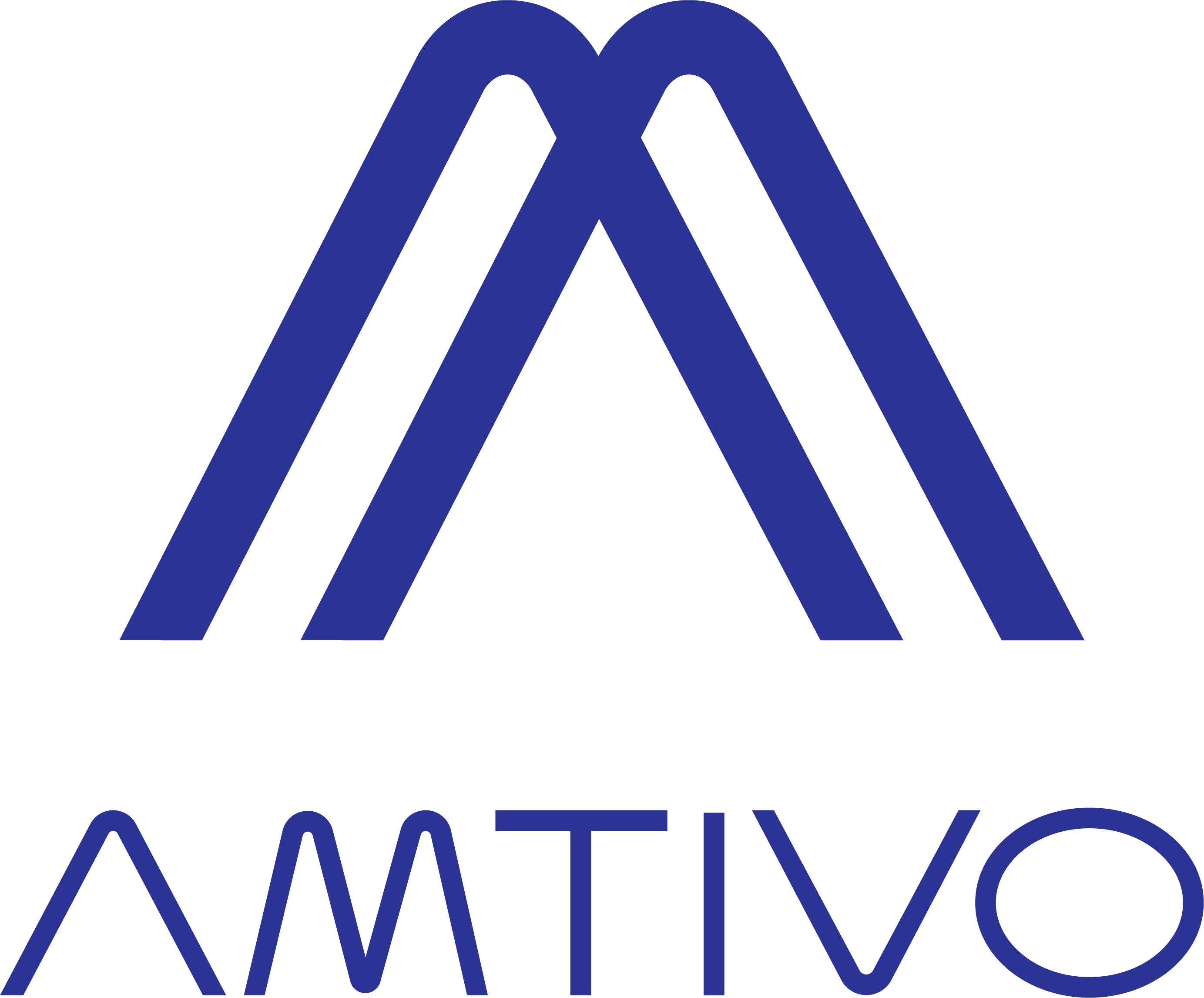A quality policy is an essential part of your organization’s ISO 9001 certification project. This document establishes what quality means for your operations and explains your commitment to delivering dependable products and services.
You can use this policy to guide the requirements for your QMS (Quality Management System) and ensure that it aligns with ISO 9001’s specifications.
The policy, sometimes called a mission statement, vision, or statement of principles, aligns your quality objectives with your overall business strategy.

What’s the Purpose of a Quality Policy?
Any organization that provides products or services will benefit from a quality policy. The document lays the groundwork for you to improve the reliability of your products and services.
It showcases a company-wide commitment to quality and clearly defines your goals.
For example, a manufacturer should ensure that its products meet the relevant specifications and are safe to use. By contrast, a training provider should focus on the ways it can deliver successful courses that meet participants’ desired outcomes.
In both cases, the organization has considered what it means to provide ‘quality’ offerings, but they have different priorities.
By establishing a quality policy, you can:
- Define quality—the document explains what it means to improve and maintain quality standards.
- Receive top-level commitment—senior management endorses the policy, ensuring that quality initiatives are appropriately resourced.
- Establish company culture—the policy is shared among all employees, providing a clear understanding of your organization’s expectations and standards.
- Inform stakeholders—the policy is publicly available, meaning customers and suppliers can receive assurances about your commitment to quality.
A quality policy is also crucial for planning an ISO 9001 certification project. The international standard provides a globally recognized framework for implementing a QMS, and it requires you to establish, implement and maintain a quality policy.
As an industry-neutral standard, the principles of ISO 9001 apply no matter what type of products and services you offer. The specifications for the policy are laid out in Clause 5.2, which states that organizations must commit to satisfy all applicable requirements, such as customer and legal requirements, as well as the requirements of ISO 9001.
Learn more about quality management with our guide to customer feedback.

How To Write an ISO 9001 Quality Policy Statement
The quality policy is a series of short, clear statements. It outlines your organization’s commitment to aspects of quality and your objectives.
The quality policy is written and approved by the organization’s senior management. This is because the policy must reflect the organization’s strategic direction and overall commitment to quality, which can only be decided by top management.
Senior management might seek input from other key figures to ensure that the policy accurately reflects the organization’s operations and customer requirements.
Ready to implement your QMS? Read our ISO 9001 Checklist to get started.
Quality Policy Examples
This section provides examples of statements that might be found in a quality policy. Each statement covers a different aspect of quality and serves as a guideline for creating your policy.
Note that this list is purely illustrative because quality policies should reflect your organization’s operations and objectives.
Customer Needs
This statement addresses the needs and expectations of customers, which is ideal for client-centric businesses such as retail or service industries.
Example: “We are committed to understanding and meeting customer needs, ensuring their satisfaction with our products and services.”
Leadership Engagement
A pledge from senior management to prioritize quality and maintain the organization’s objectives.
Example: “Our leadership actively defines and supports our quality objectives, fostering a culture of quality and continuous improvement within our organization.”
Regulatory Compliance
A commitment to relevant laws and sector-specific regulations. This statement will be relevant to most industries, but it’s especially useful for those subject to strict requirements, such as healthcare, finance, and manufacturing.
Example: “We will take appropriate steps to comply with all applicable laws, regulations, and necessary standards that pertain to our products, services, and operations.”
Employee Engagement
An assurance to involve employees in your quality management practices. It’s ideal for organizations where staff directly impact product or service quality.
Example: “Our organization recognizes the important role that employees play in upholding quality. We commit to involving all employees in our QMS and providing the necessary training.”
Risk Management
A pledge to identify, understand, and manage your operational risks. This statement is beneficial for industries where risks can create significant logistical issues or health concerns.
Example: “We shall identify and understand risks and opportunities that affect customer satisfaction and our ability to provide quality products and services.”
Product Safety
A recognition of the potential health and safety risks that customers might experience when using your products.
Example: “We prioritize the safety of our products or services as a fundamental aspect of quality and adhere strictly to industry standards.”
Communication
A commitment to transparent communication about the organization’s quality objectives and performance.
Example: “We shall provide open and clear communication at all levels of our organization and with our customers.”
Monitoring Performance
A commitment to regularly monitor and measure the performance of the QMS to ensure its effectiveness.
Example: “We will regularly monitor, measure, analyze, and evaluate the effectiveness of our quality management system to guarantee effectiveness and guide continual improvement.”
Continual Improvement
A pledge to routinely improve quality performance, enhancing efficiency and customer satisfaction.
Example: “We are committed to the ongoing improvement of our operations and will take appropriate steps to increase efficiency, enhance customer satisfaction, and eliminate non-conformities.”
Achieving ISO 9001 Certification
A comprehensive, well-written quality policy is crucial for ISO 9001 certification. If you’re looking for guidance on how to complete your project, Amtivo is here to help.
We are an ANAB-accredited assessment body, and our team of experts can help you navigate the certification project with confidence and ease.
Interested in finding out more? Read our ISO 9001 Beginners Guide.
Contact us today for an ISO 9001 certification quote.



